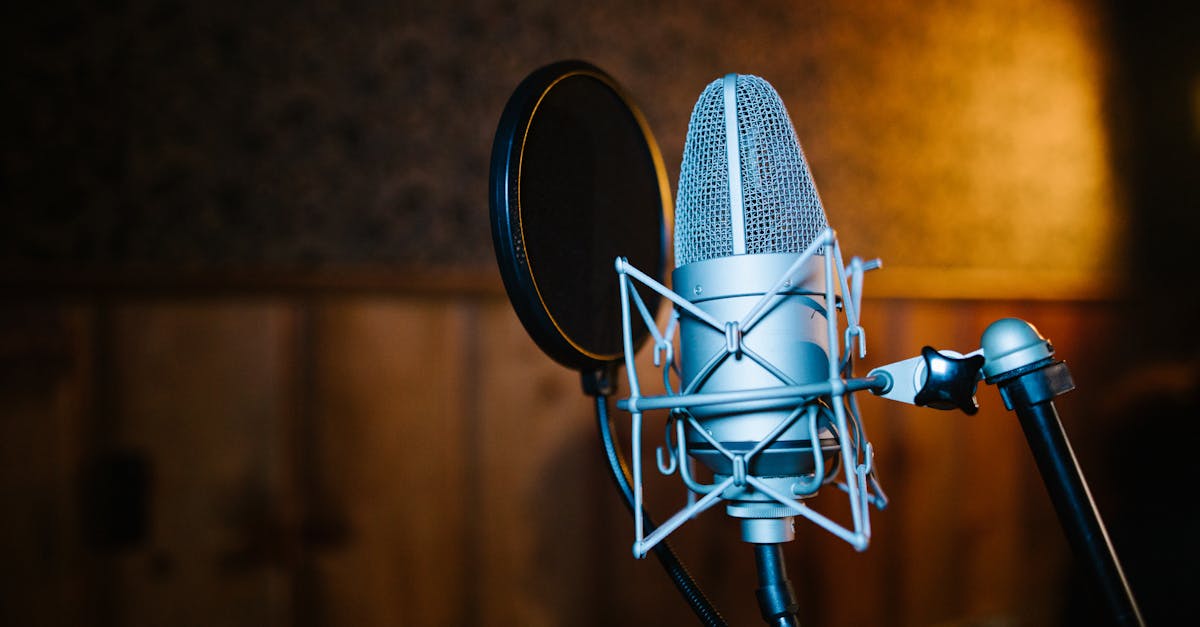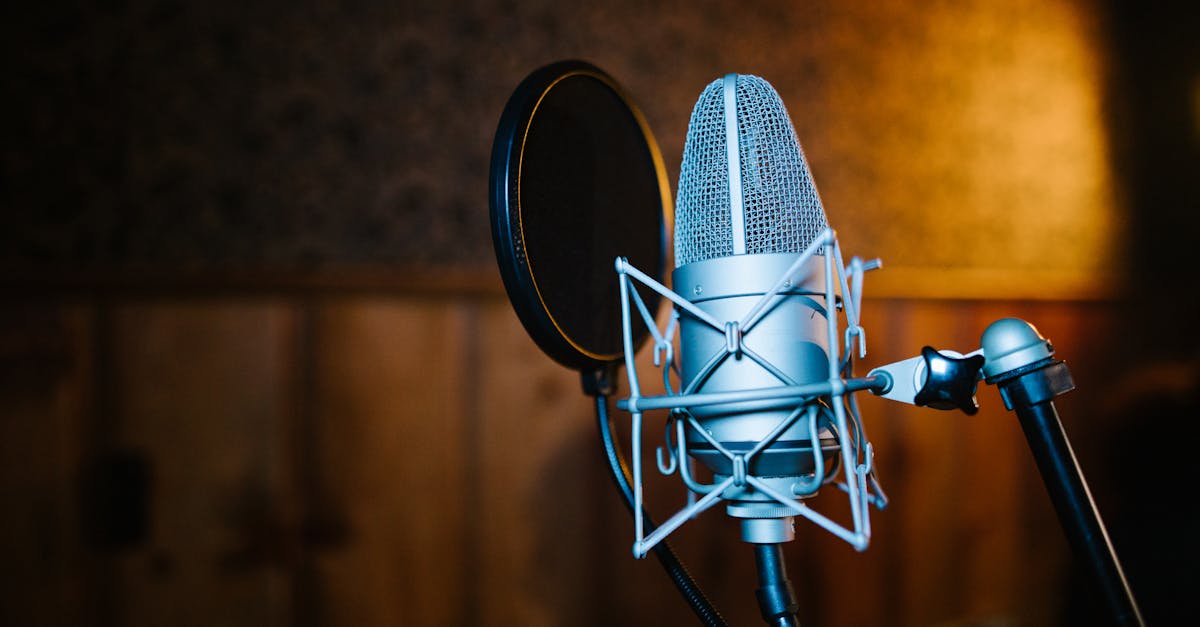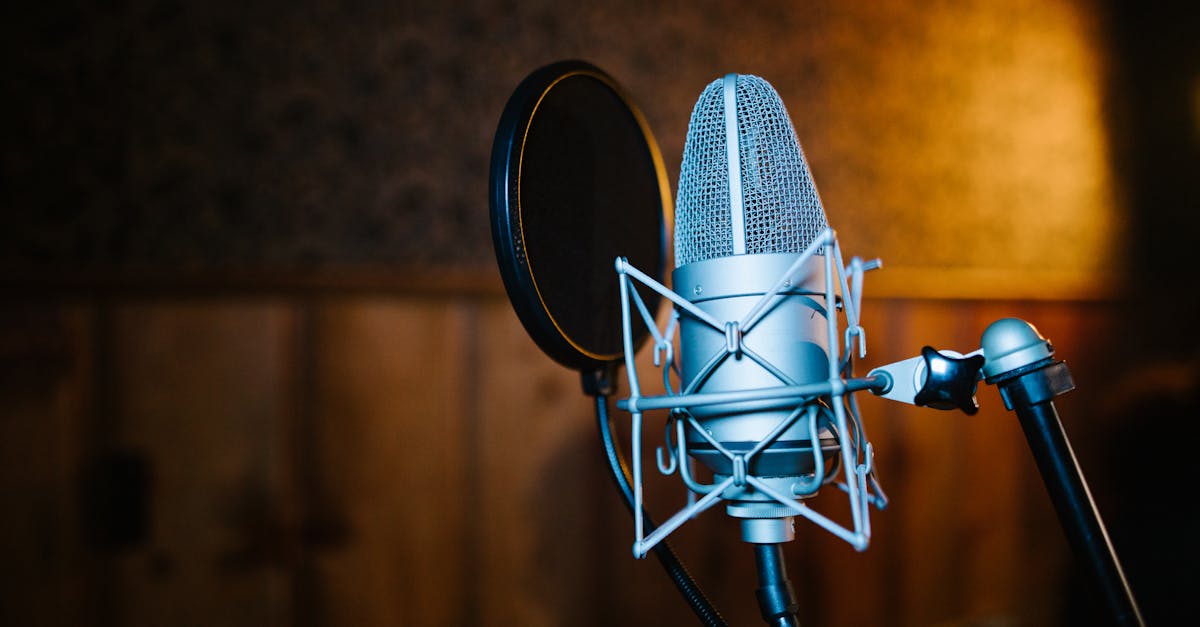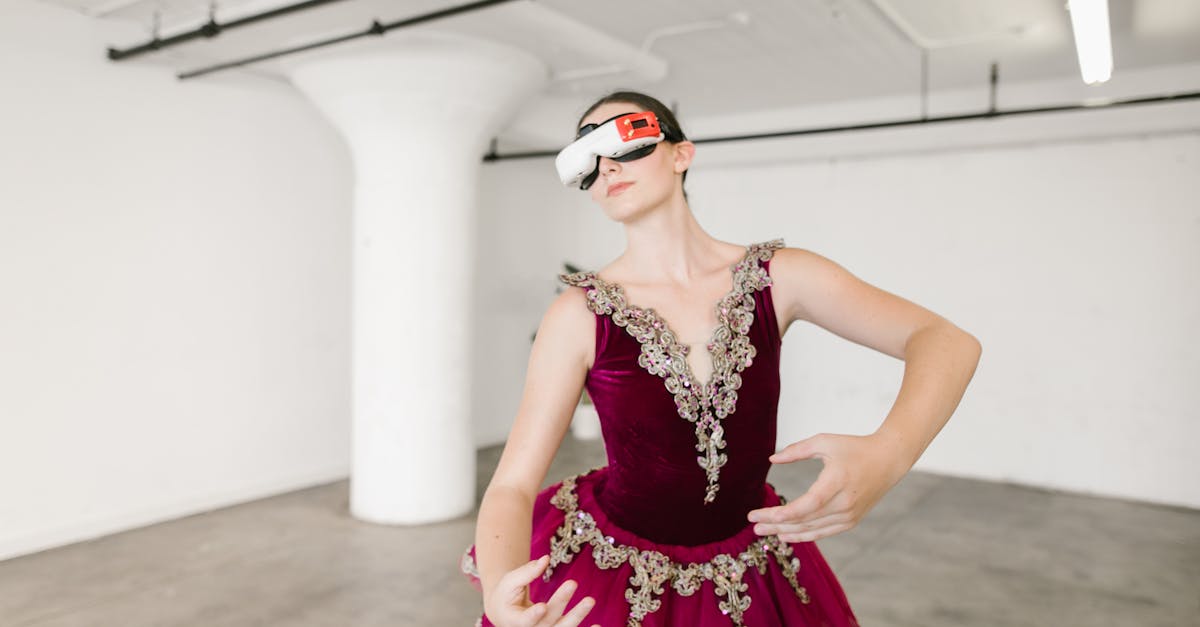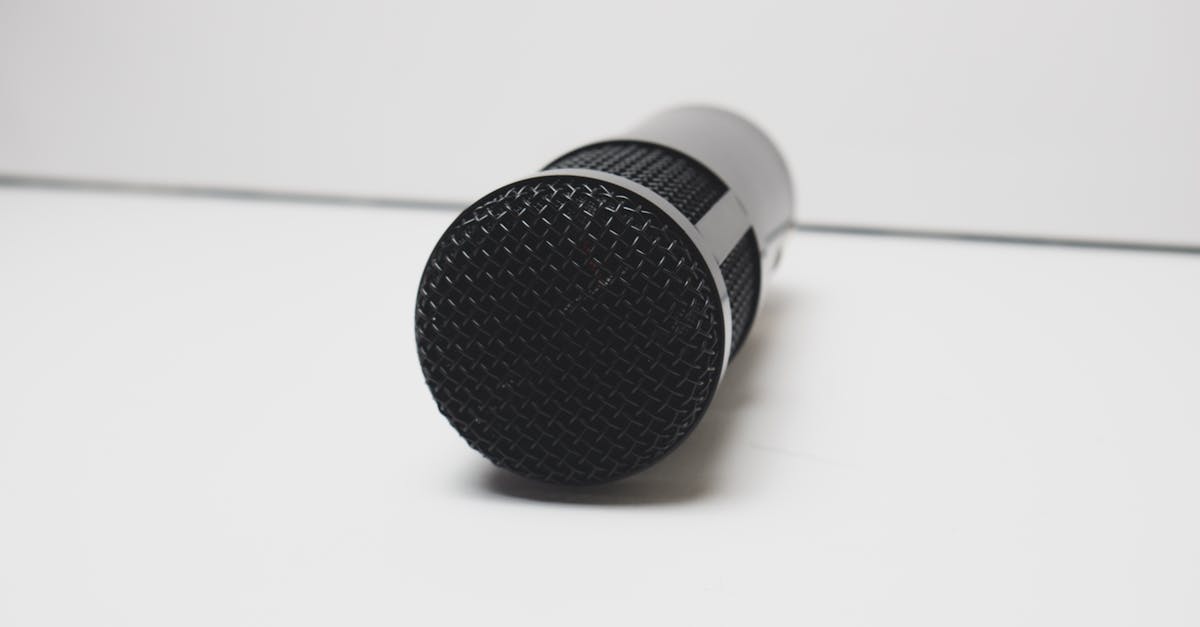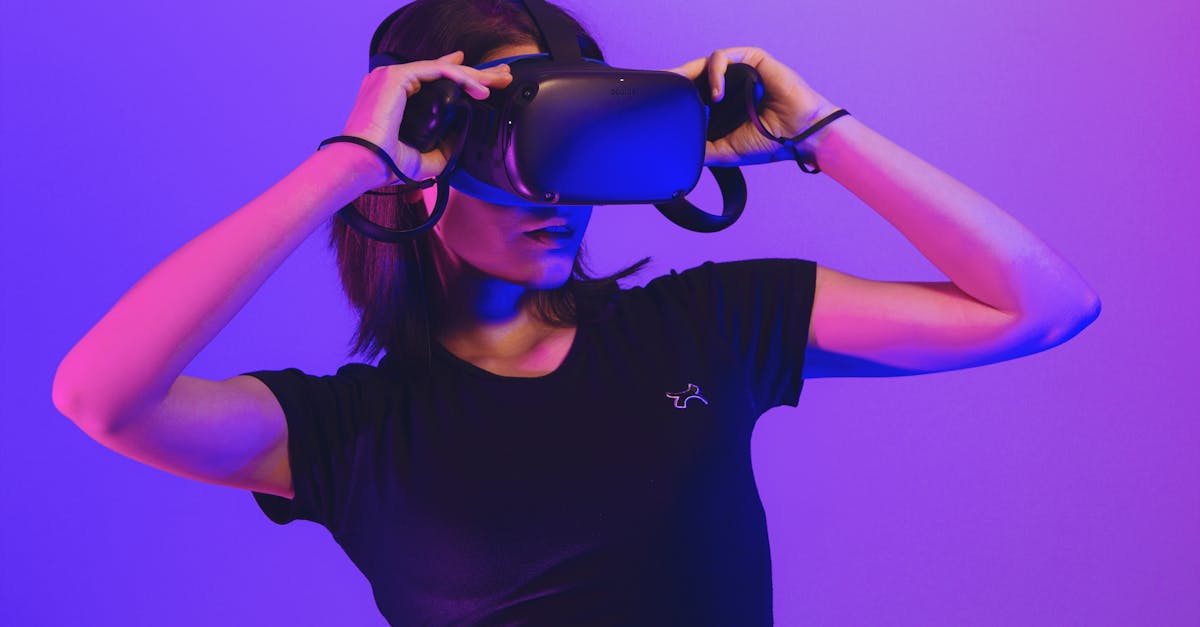The Rise Of Ai Art How Technology Is Transforming Creativity
Introduction
In recent years, the world of art has witnessed a groundbreaking transformation with the rise of AI art. Artificial intelligence, once confined to scientific and technological applications, has now ventured into the realm of creativity. This innovative fusion of creativity and technology is reshaping how we perceive, create, and value art.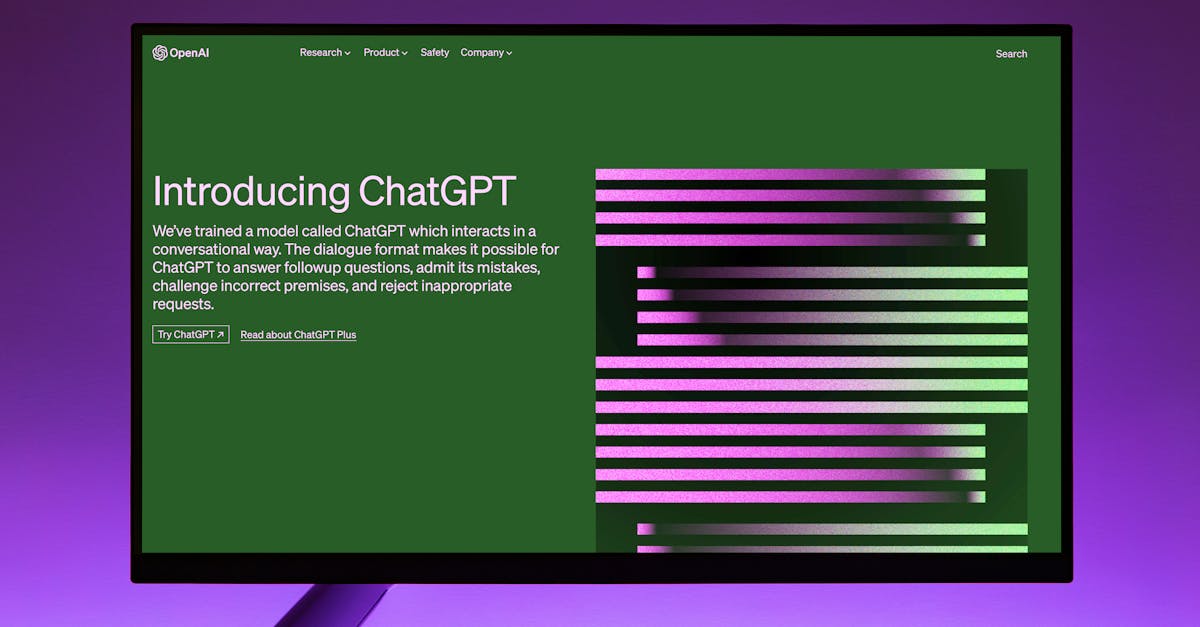
Advertisement
The Birth of AI Art
Ai-generated art emerges from digital algorithms designed by artists and engineers. These algorithms, trained using vast amounts of data, create art pieces that range from simple patterns to complex compositions. The inception of AI art challenges traditional notions of authorship and creativity, prompting us to reconsider what truly defines art.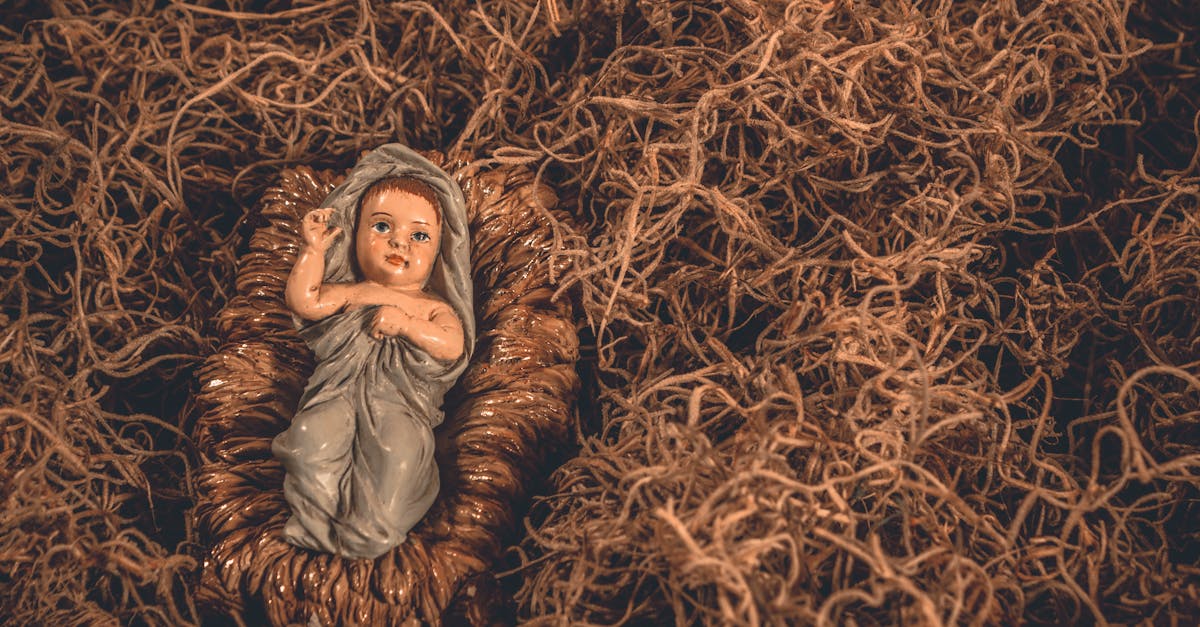
Advertisement
Role of Machine Learning
At the heart of AI art lies machine learning. By processing data through patterns and examples, algorithms learn and evolve, allowing them to experiment with different styles and techniques. The iterative learning process is akin to the human experience, as AI expands its 'understanding' of art, offering fresh perspectives on age-old aesthetics.
Advertisement
AI Artistry Techniques
Creative technology in AI art transcends simple production. From style transfer, where the signature style of famous artists is imprinted onto new creations, to generative adversarial networks crafting original artworks, AI techniques are diverse. These bold methods push the boundaries of digital art, merging classic artistic elements with futuristic flair.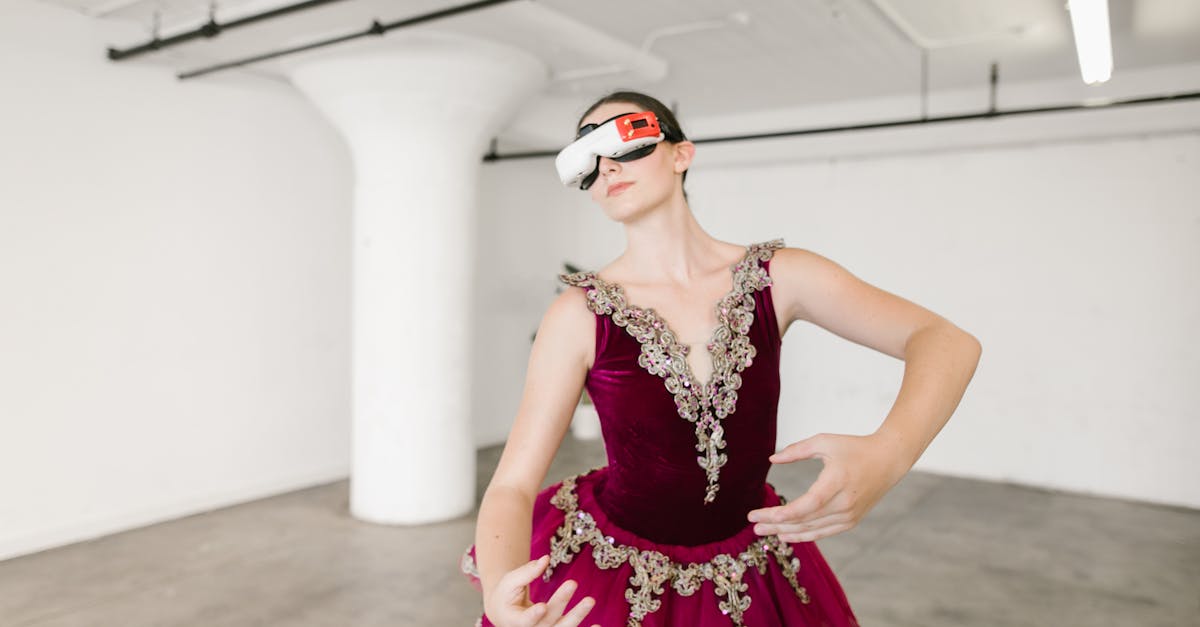
Advertisement
AI and Digital Art Economy
The rise of AI art has given birth to new economic opportunities. NFTs, or non-fungible tokens, have revolutionized how art is bought, sold, and owned in the digital realm. AI-created NFT art pieces command high prices, driven by their uniqueness and the evolving art trends, reshaping the financial landscape of the art world.
Advertisement
Tech in Art - Challenges and Opportunities
While AI art presents numerous avenues for creativity and innovation, it also brings challenges. Questions of authenticity, copyright, and the role of the artist provoke debate. Yet, these discussions open opportunities for artists, technologists, and thinkers to redefine art's purpose and its place in society.
Advertisement
Creative Collaboration
One of the most exciting developments is the collaboration between humans and machines. Artists use AI as a co-creator, guiding algorithms to explore uncharted artistic territories. This symbiotic relationship not only enhances creativity but also fosters a deeper understanding of the potential of tech in art.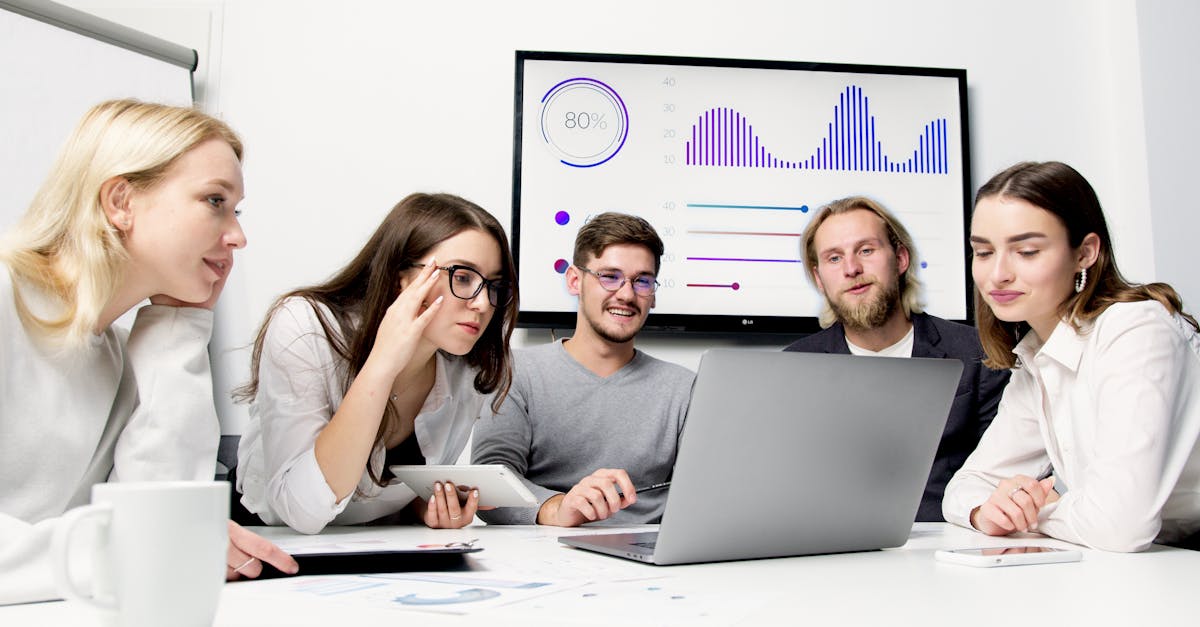
Advertisement
Cultural Implications
The impact of AI art extends beyond creation, influencing cultural dialogues worldwide. As AI art pieces make their way into galleries and museums, they spark conversations about the intersection of humanity, technology, and artistic expression. These dialogues pave the way for a new wave of cultural understanding in the digital age.
Advertisement
The Future of AI Art
As AI art continues to evolve, it holds the promise of a brighter, more inclusive future. With advancements in artificial intelligence and machine learning, artists are poised to explore new dimensions of creativity. The fusion of creativity and tech is set to redefine traditional paradigms, pushing the boundaries of what's possible in art.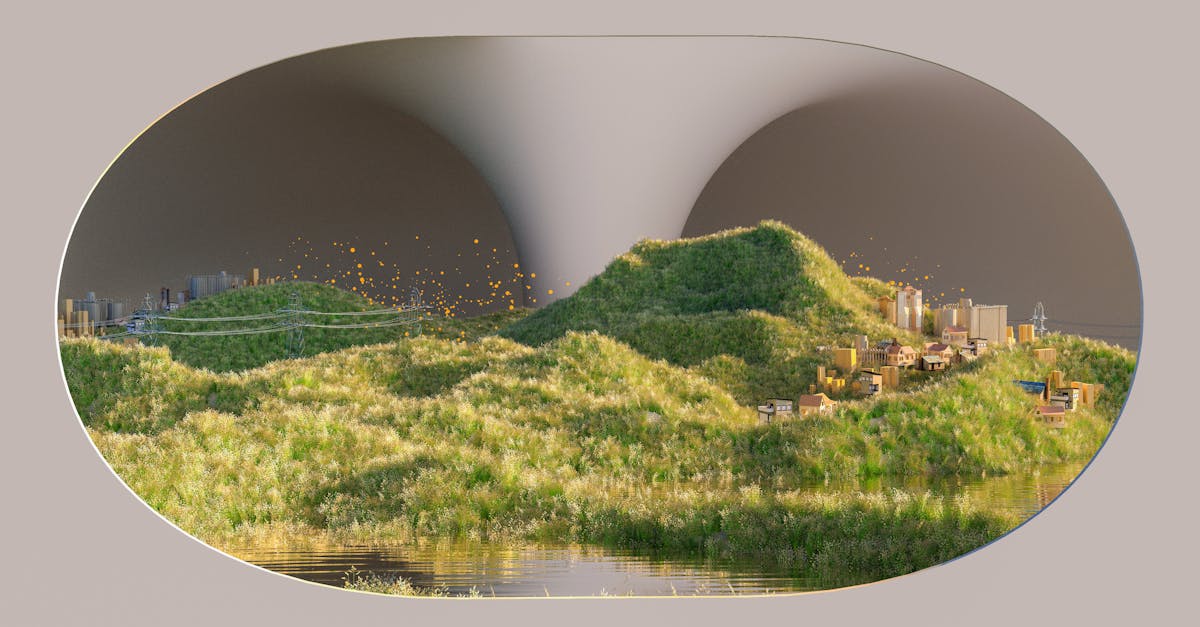
Advertisement
Conclusion
In conclusion, the rise of AI art marks a significant milestone in the evolution of creativity. By harnessing the power of AI, artists are redefining the landscape of digital art, introducing exciting new trends and techniques. As we continue to navigate this dynamic intersection of art and technology, AI art reaffirms the boundless potential of creativity in a tech-centered world.
Advertisement
